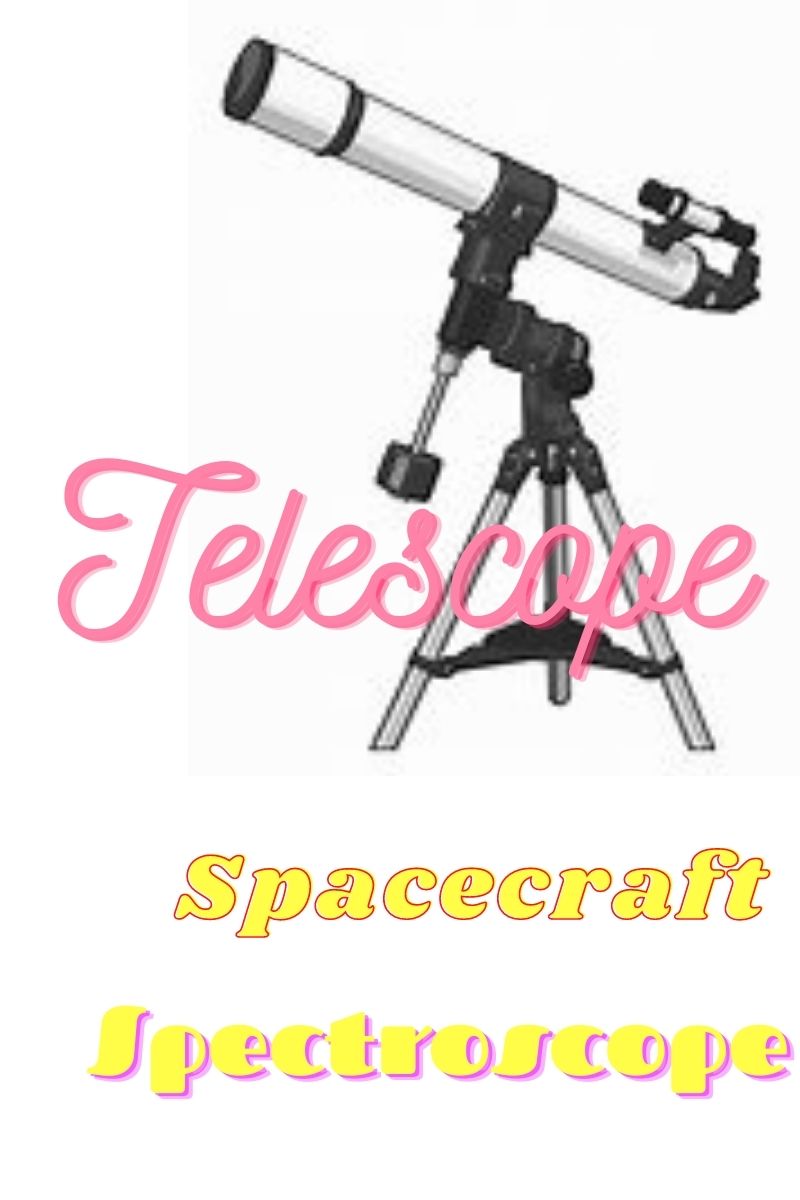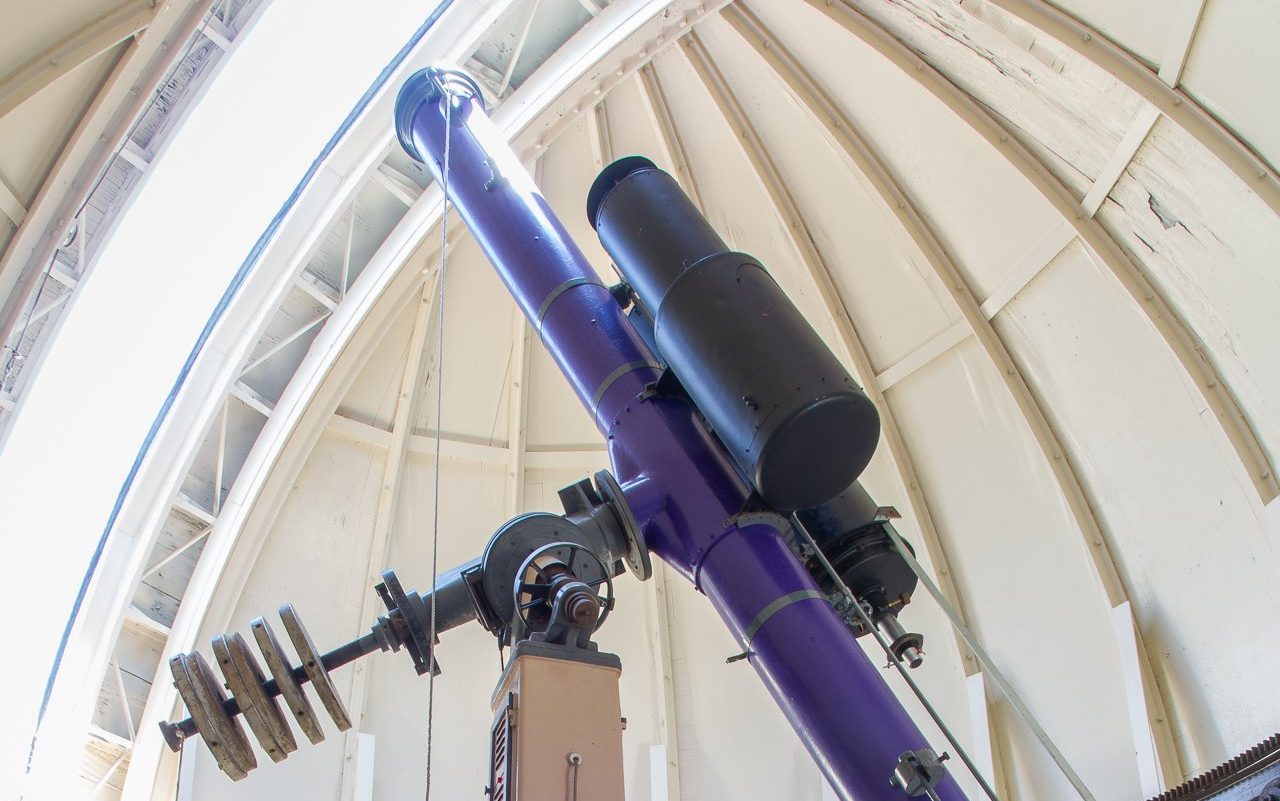

The Inquisition had burned astronomer Giordano Bruno at the stake in 1600 for similar heresies. He also carried out revolutionary experiments in motion and mechanics.īy 1616, Galileo’s support for the heliocentric theory had drawn the ire of the Roman Catholic Church. Galileo was also the first to show the Milky Way was not a nebulous mass but rather millions of stars packed so densely that they appeared to be clouds. This was in line with the heliocentric model of the solar system since all phases of Venus should be visible if it orbited the Sun from a closer distance than the Earth. Galileo also turned his telescopes towards the planet Venus and saw it had a set of phases similar to that of the Moon. Galileo concluded that the Moon was “rough and uneven, and just like the surface of the Earth itself,” and not the smooth sphere Aristotle envisioned. Galileo had already shown this was not true for the Moon in 1609 when he used his telescope to discover lunar mountains and craters. With his telescope, Galileo became the first European to document sunspots, which refuted Aristotle’s belief that the sun was a perfect sphere without mark or blemish. This position brought Galileo back to Florence and enabled him to devote more time to astronomy. In 1610, Cosimo de’ Medici, Grand Duke of Tuscany, named Galileo as his personal mathematician. The existence of another planet with smaller bodies orbiting it flatly contradicted the geocentric model of the universe, in which the Earth was the center of creation and all other planets orbited it. The telescope showed the moons appearing and disappearing periodically, due to their movement behind Jupiter, which he correctly deduced as proof they were orbiting the planet. On January 7, 1610, Galileo used a refracting telescope of his own design to discover three of Jupiter’s four largest moons and the fourth large moon four nights later. Soon Galileo’s observations with the newly invented telescope convinced him of the truth of Copernicus’ sun-centered, or heliocentric theory. While at the University of Padua Galileo learned of Nicolaus Copernicus’ theory (published in 1543) that the Earth and all the other planets revolved around the Sun. This was the geocentric model of the Universe, revered as dogma since Ptolemy and Aristotle more than a thousand years before. He went back to the University of Pisa in 1589 then moved to the University of Padua in 1592 to teach geometry, mechanics, and astronomy.Īt the beginning of his career, Galileo taught the accepted astronomical theory of the time that the Sun, stars, and all the planets revolved around the Earth. Galileo studied medicine at the University of Pisa from 1581 to 1585 but left without a degree, returning to Florence to tutor mathematics. His father was Vincenzo Galilei, an accomplished Florentine mathematician, and musician. Galileo Galilei was born on February 15, 1564, in Pisa, Italy but lived in Florence, Italy for most of his childhood. Albert Einstein called Galileo the “father of modern science.”

He is often referred to as the “father of modern astronomy” and the “father of modern physics”. Times and its field of view of 17 arc-minutes.Galileo Galilei pioneered the experimental scientific method and was the first to use a refracting telescope to make important astronomical discoveries. Long with its objective had an aperture of

Typical astronomical telescope is the one made Was replaced by ones with more convex lenses. As early as 1611,īut showed that the addition of yet a third A few years later, Galileoĭiscovered his own telescope which was goodĮnough to see Jupiter's moon. Was good, the telescope could still not obtain very far away objects, such as the The object-glass, the main lens responsible for collecting the light, did not bend all wavelengths equally and this resulted in the red part of the light-beam being brought to a focus at a greater distance from the object-glass. Later, it was developed to view farther objects,Ĭolour effects due to poor quality of available It consisted of a convex and concave lens in The first refracting telescope was invented by the Dutch spectable Math 309-Refracting Teleschope-by May Wong 76956994


 0 kommentar(er)
0 kommentar(er)
